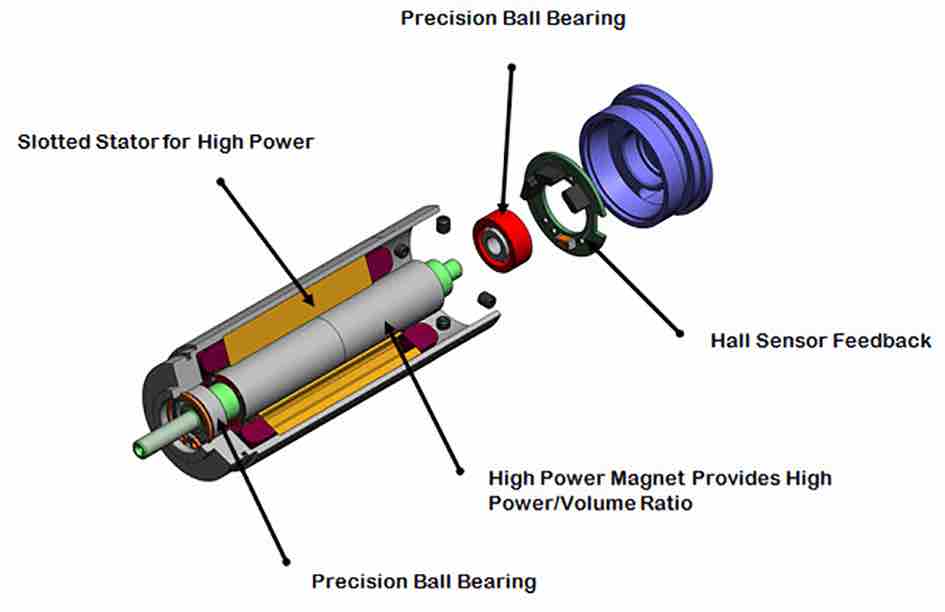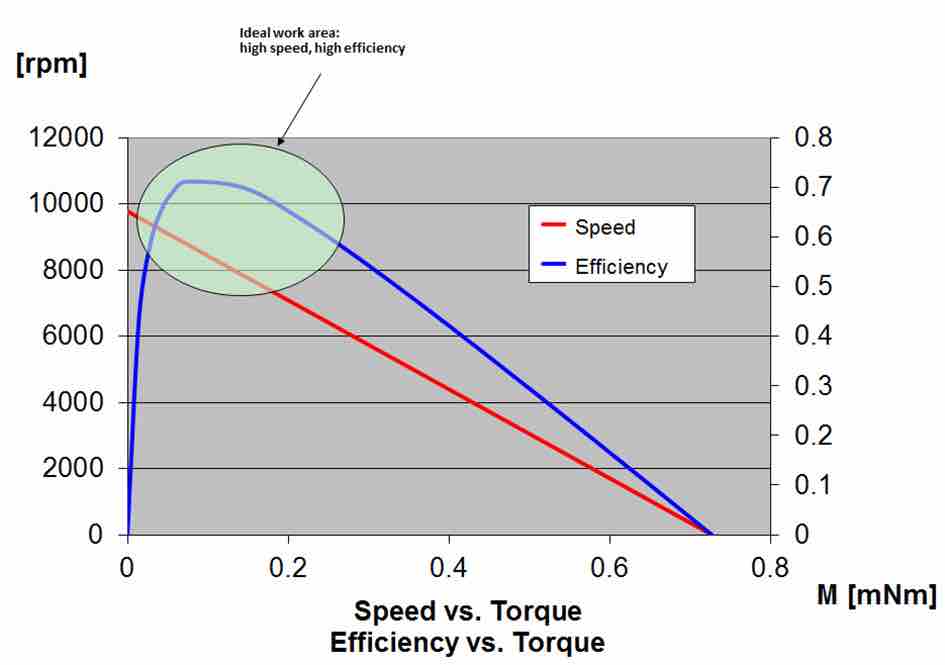Miniature motors used in medical pumps have very specific requirements, and the selection of the right product for a given task is far from trivial. Dr. Norbert Veignat looks at the design considerations, and the advantages and disadvantages of each motor option
The development of small, portable infusion pumps heralded a new chapter in medical care. Capable of delivering carefully metered and timed doses of medicine, they opened up new possibilities for delivering continuing care at the patient’s home.
In addition, ambulatory infusion pumps powered by batteries have given patients even more freedom, delivering the likes of insulin, nutritive supplements and anti-cancer drugs.
The use of such infusion pumps mean patients can be safely discharged from hospital for extended periods of time, making life a lot less restrictive and significantly increasing quality of life. It goes without saying, of course, that the highest levels of reliability are required for these systems, placing stringent requirements on the key components involved.

For the design engineer, a key area of focus is the electric motor which drives the pump. Performance (in particular the ability to deliver the required torques over a speed range), size and lifespan are all prime considerations.
Miniaturisation is often crucial to assure convenience for the user, particularly with portable equipment. So is efficiency, which is especially important in battery powered equipment, providing longer time between charging.
Further, the patient should not be disturbed by the pump noise, either at rest or in social surroundings, requiring the use of a very quiet motor.
While the primary goals of the motor are clear, the choice of product is often less so. The design engineer must select from a number of different technologies, where each might offer decisive advantages in some areas of the performance specification but imply compromises in others.
The choice of miniature motor for infusion pump products comes down to three major technologies: a brushed DC ironless motor combined with a gearbox and encoder; a brushless DC motor with a gearbox and sometimes an encoder; or a stepper motor, either direct drive or with a gearbox, and sometimes an encoder where closed loop operation is desirable.
Brush DC motor technology
An ironless brush DC motor is a good fit for a battery-operated portable pump application because it has no iron losses and is therefore highly efficient. Indeed, precious metal commutation allows motor efficiencies up to 90%, while evolving magnet technologies enable the motors to deliver high torque at a given speed. Ironless motors also have a very low inductance and a commutation with small contact surface and pressure, resulting in a low electrical resistance and very little friction.

The primary disadvantage of a brushed DC motor, of course, is that its brushes will wear, and this is one of the primary impactors on the lifespan on the product. If lifespan is a decisive consideration, then the design engineer may want to look instead at a brushless DC (BLDC) motor for the infusion pump.
Brushless motor technology
In a BLDC motor the coils are fixed and the magnet is part of the rotor. Commutation in the coils is done electronically. Usually the external tube closing the magnetic field of the magnet is fixed, generating iron losses while the magnet is rotating.
In applications where inertia is not critical, the tube and the magnet can rotate together, removing iron losses.
There are two categories of BLDC motor: slotless and slotted. The slotless design has the advantage of no cogging or detent torque, while also having less iron loss than a slotted design and therefore higher efficiency. Where size is a primary consideration, advancing high energy magnets make slotless motors a good option.
Compared with a DC ironless motor, the BLDC motor will have lower efficiency due to the iron losses, and lower torque for the same size unit. One way to compensate for the losses is to use the BLDC motor at higher speeds, taking into account this parameter when selecting a gearbox.
Stepper motor technology
The final option is the stepper motor, which has the strong advantage of having many stable positions (steps) per revolution, so providing a high torque for a given size compared with either the BLDC motor or brush DC motor.
The disadvantage of a stepper, however, is that it is not able to run at high speed, due to the inductance combined with the commutation frequency, and due to iron losses.
There are a number of different stepper motor technologies, including permanent magnet, hybrid and disc magnet.
For battery applications, disc magnet technology is a good fit as it carries lower inertia and lower iron losses than other steppers, resulting in higher efficiency.
For small, portable pumps, stepper motors are a strong selection if they can be used in full step mode at low speed, and the detent torque is sufficient to ensure no movement from outside forces.
For higher speeds, the design engineer should consider whether the motor has to run only intermittently or to operate frequently. If the high-speed requirement is only intermittent (for example for a syringe change) then the motor can be driven as a standard stepper.
If the motor needs to operate many times at high speed, the efficiency can be increased by closing the commutation loop with position feedback like a standard servo motor.
In some applications, a stepper solution with a gearbox may be the most economical design, since no encoder is required. In addition, at stall position no energy will be needed if the detent torque is strong enough to maintain the position.
We can see then, when it comes to medical devices such as infusion pumps, there is no single motor technology that provides an ideal solution for every application. In any given situation, each motor choice will offer both advantages and disadvantages.
Portescap offers a full range of motors covering all of the primary technologies and encourages design engineers to work with such a specialist in order to take into consideration the entire system, and not just a part of it.
Dr. Norbert Veignat is with Portescap.
 Engineer News Network The ultimate online news and information resource for today’s engineer
Engineer News Network The ultimate online news and information resource for today’s engineer





